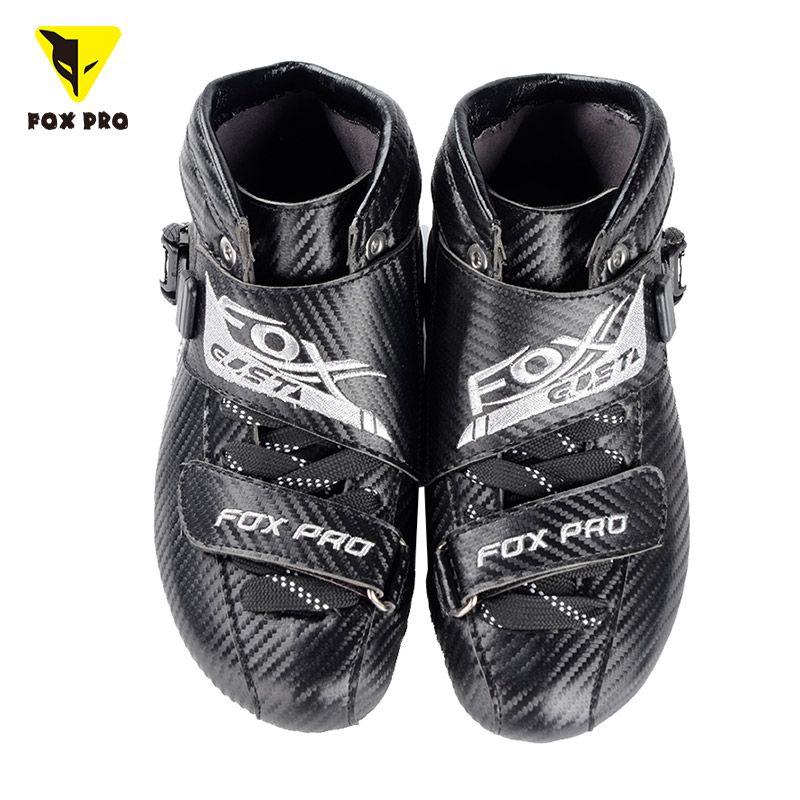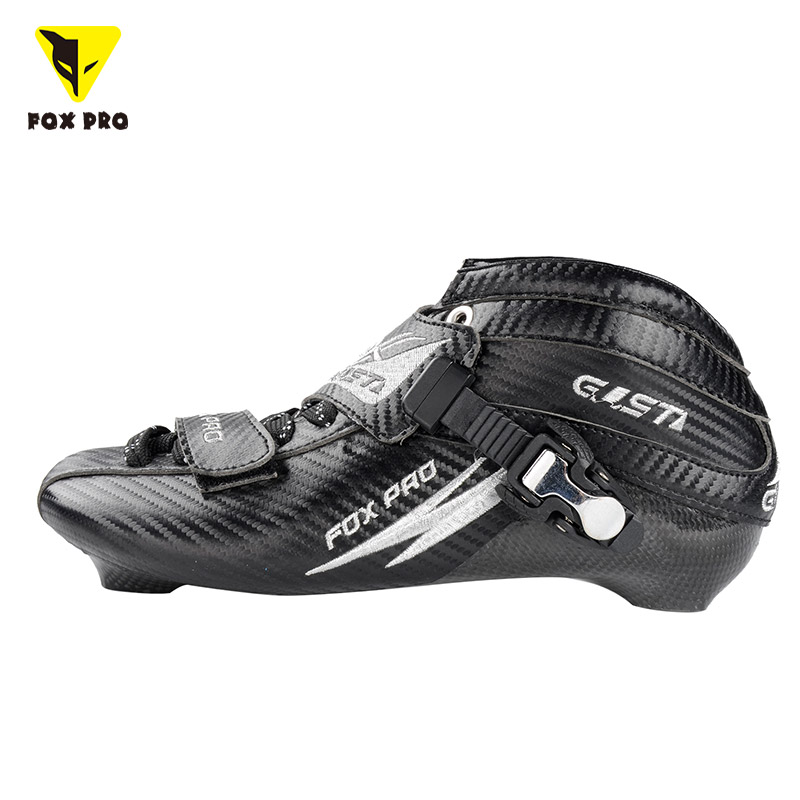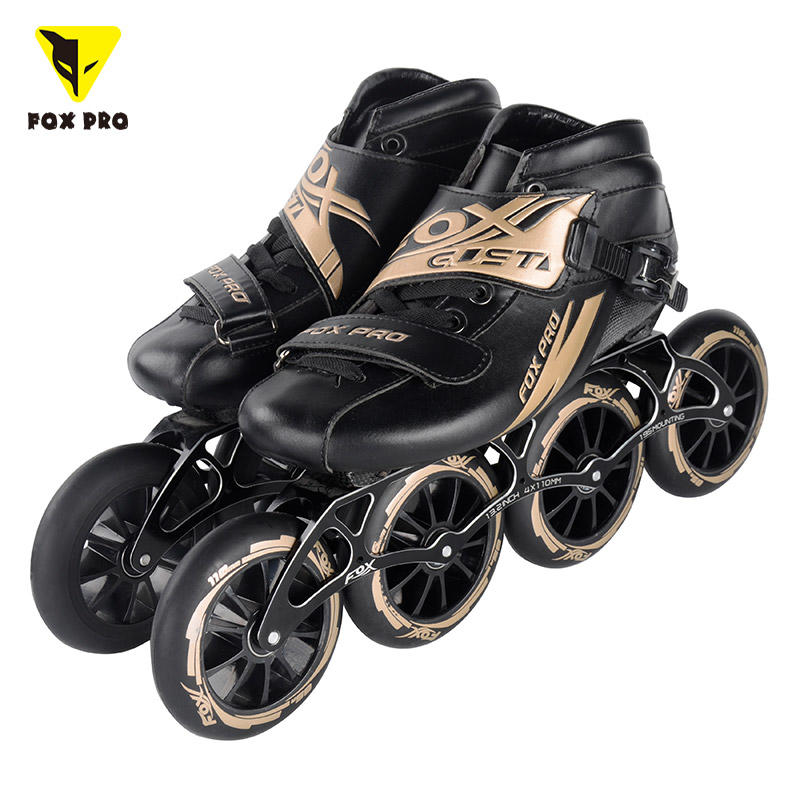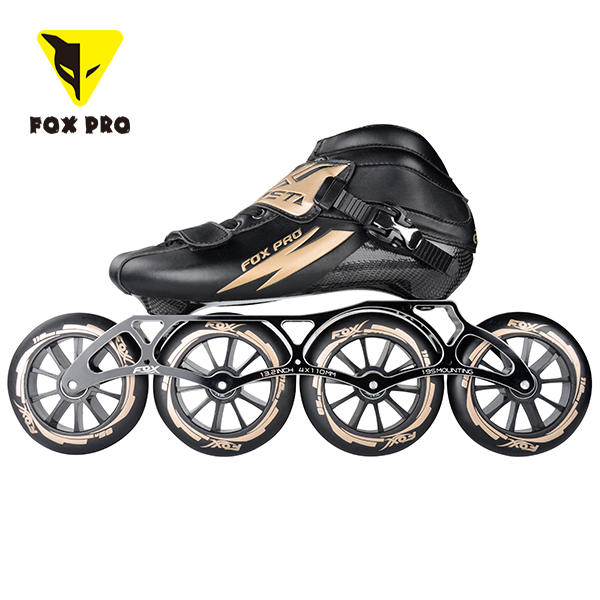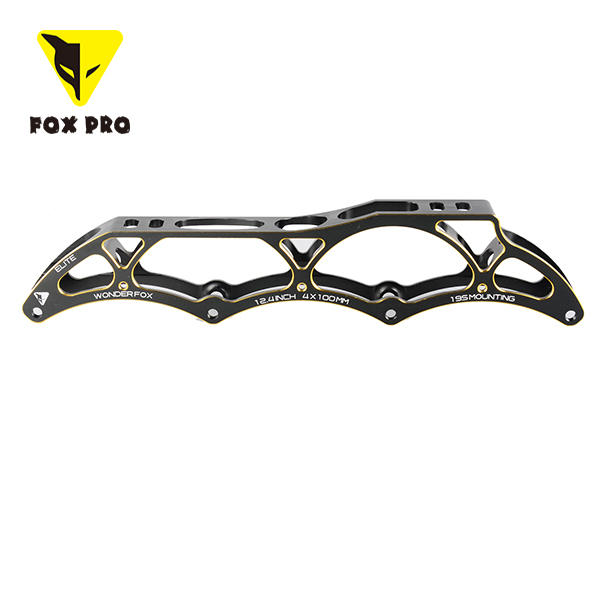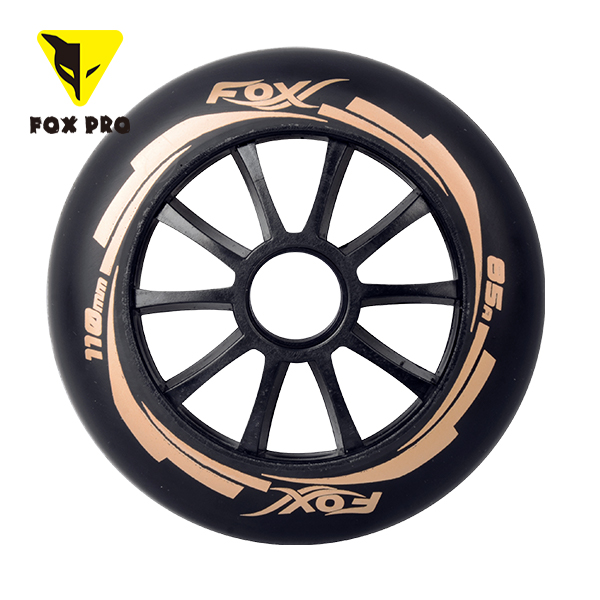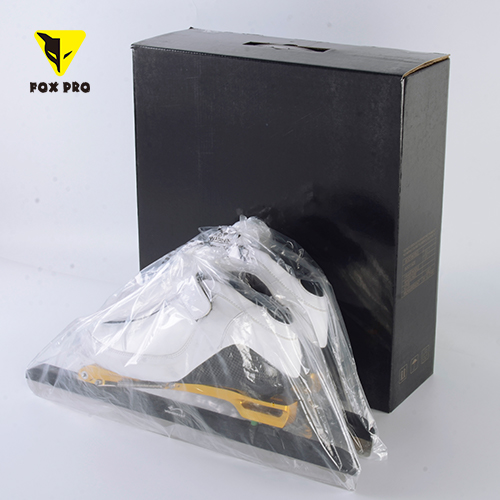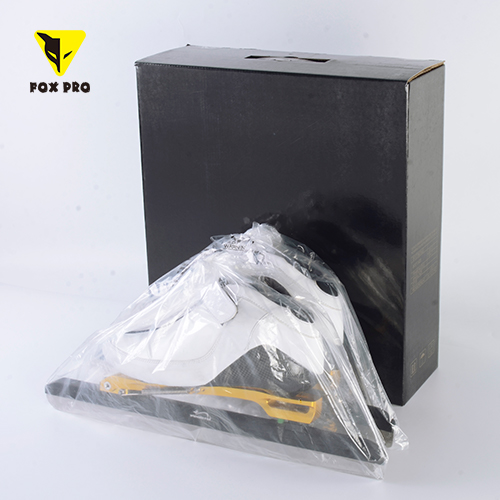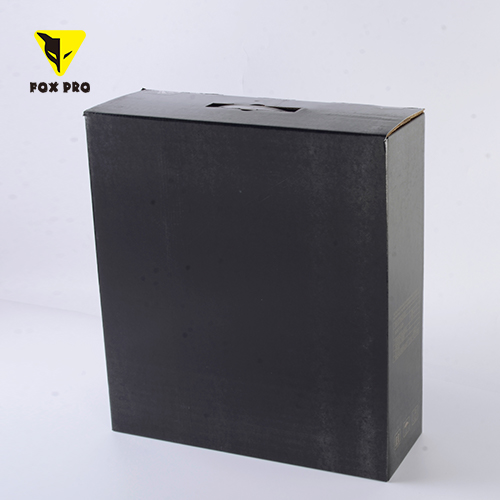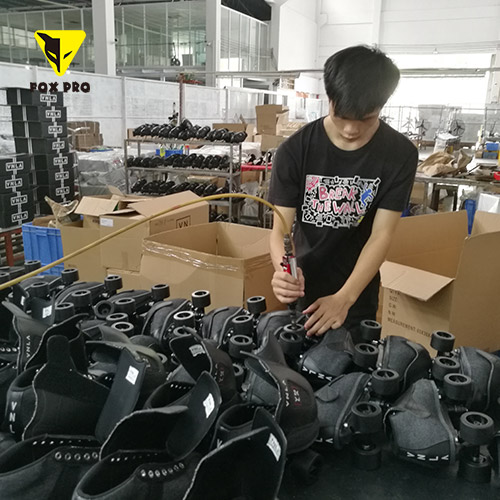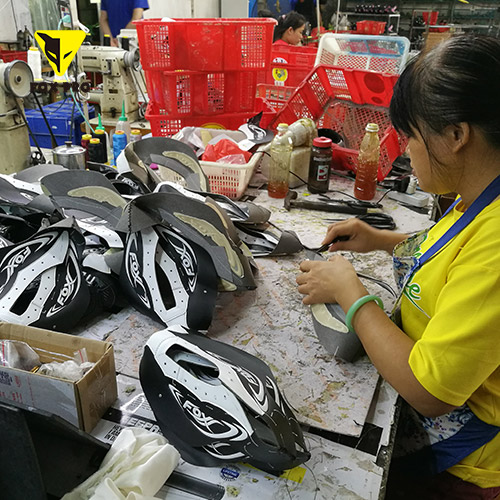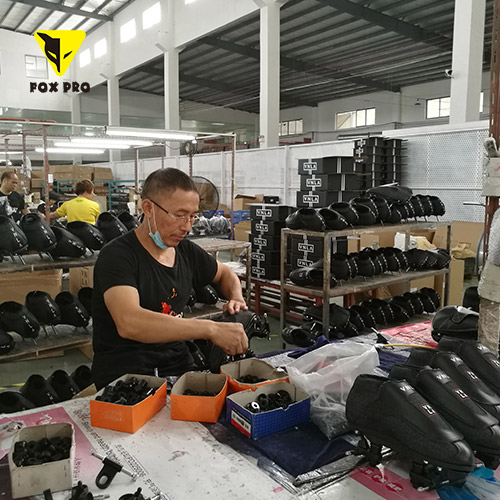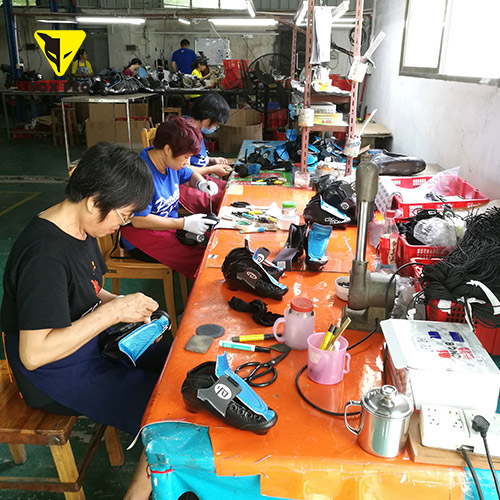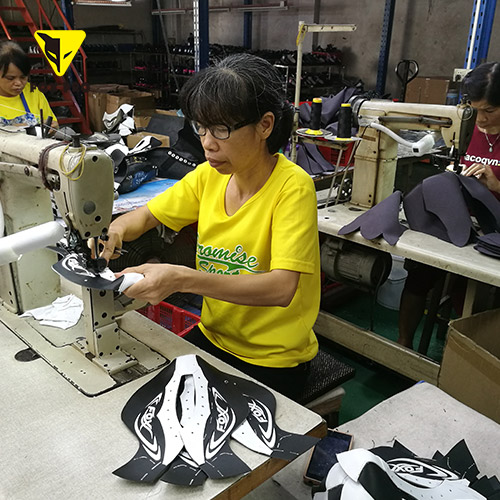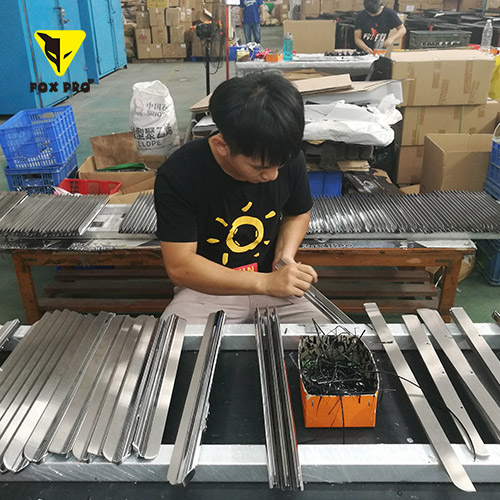To choose the right skates for you, you need to consider key factors such as purpose, size, blade/wheel, etc. The following is an introduction for you:Clear purposeCasual skating: Usually choose a style that is comfortable and easy to operate. For example, the blade of casual ice skates is shorter and has a larger arc, which is convenient for beginners to control and turn; casual roller skates are mostly inline skates, with larger and softer wheels, good shock absorption, and can adapt to different road surfaces.Figure skating: You need to choose a style that can provide good ankle support and fit the foot shape. The front end of the ice skate has teeth, which is convenient for completing jumps, rotations and other movements; the upper is generally made of high-quality leather and can withstand a larger range of motion.Speed skating: In pursuit of lightness and speed, the blade of ice skates is longer, narrow and flat, which can reduce resistance; roller skates focus on the wrapping of the shoe body and the smoothness of the wheels, and the wheels are usually smaller and harder to increase speed.Ice hockey: Pay attention to the protective performance. The upper of ice hockey skates is high, which can effectively protect the ankles; the blade is narrow and flexible, which is convenient for various actions in fast movement and confrontation.Determine the sizeComfortable fit: The size of ice skates should be closely matched to the length of the foot, not too large or too small. If it is too large, the foot will shake in the shoe, affecting the control and even causing injury; if it is too small, it will squeeze the foot, causing poor blood circulation and pain. When trying on, make sure that there is a finger-wide distance between the toes and the toe, and the heel can be firmly wrapped by the heel without sliding.Consider thickness: If you plan to wear thick socks for skating, you should also wear socks of the same thickness when trying on to get an accurate size feeling.Pay attention to the quality of the blade/wheelIce skates: High-quality ice skates should be made of high-carbon steel or alloy steel. Such materials are hard and wear-resistant, and can ensure good gliding performance. At the same time, the blade of the ice skate should be sharp, straight, and free of flaws or gaps.Wheels: The wheels of roller skates are crucial, and their hardness, diameter, and width will affect the gliding effect. Generally speaking, wheels with higher hardness are suitable for pursuing speed on smooth roads, while softer wheels have good shock absorption performance and are suitable for uneven roads. The larger the diameter of the wheel, the faster the gliding speed, but the flexibility will be slightly worse; the smaller the diameter, the opposite is true, with good flexibility but limited speed.Evaluate the material of the shoe bodyUpper: The upper materials of skates are diverse, and common ones are leather and synthetic materials. Leather uppers have good texture, good breathability, and strong wrapping. They can fit the foot shape as they are worn for a long time, but the price is relatively high and maintenance is required; synthetic uppers are affordable, durable, and easy to clean, but the breathability may be slightly inferior.Sole: The sole should have good support and elasticity, which can effectively buffer the impact during gliding and reduce the burden on the feet. High-quality sole materials can ensure stability and comfort during skating.Consider brand and pricePrice: In terms of price, it ranges from a few hundred yuan to several thousand yuan. Generally speaking, the more expensive skates have more advantages in terms of material, craftsmanship and performance, but you need to choose according to your budget and actual needs. If you are a beginner, you can first choose a basic model with a moderate price, and then consider upgrading your equipment after your skills improve and your needs are clear.Our company specializes in the production of stunt scooters and speed skates. Welcome to cooperate with us for bulk purchases
Read More>>

